DIGITAL PRESERVATION
TRAINING PROGRAM
- Home
- /
- Digital Preservation Training Program
DatacomIT Digital Preservation training program provides staff and managers in public and private organisations with the required understanding, skills, and knowledge, to implement a digital preservation program in their organisation. It integrates core principals and best practice from across the sector, including guidelines from National Archives of Australia, Digital Preservation Coalition, Digital Curation Centre, as well as practical concepts developed by practitioners in the field.
The Program is designed for participants to achieve the following objectives:
- Understand the requirement for digital preservation in public and private organisations;
- Understand digital preservation concepts, terms, tools, and technologies;
- Demonstrate the skills and knowledge required for digital curation and preservation lifecycles and the activities associated with each stage; and
- Implement a digital preservation plan with long-term strategies, incl. for digitisation, and a digital preservation solution within their organisation.
Digital Preservation Training Modules
The DatacomIT online Digital Preservation training program is conducted over six 2-hour modules for groups of 8-14 participants. Each module includes participatory interaction and learning with course materials, technology, and fellow workshop attendees. Two optional modules cover Excel data manipulation and the fundamentals of Digitisation. Participants are provided with access to open-source software tools and literature, as well as a download of Preservica Starter to understand how a Trusted Digital Repository (TDR) functions. The training is designed and delivered by Digital Preservation Consultant, Roger Mills, and DatacomIT professional data and digitisation specialists.
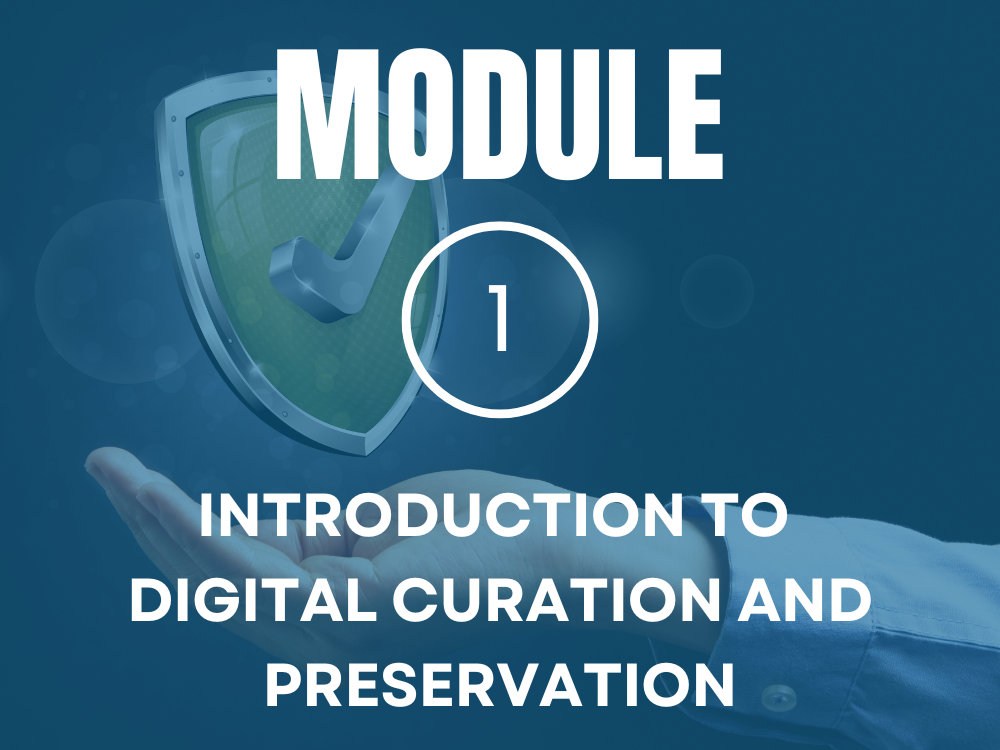
This module provides an introduction to digital curation and preservation and how it applies to different organisational contexts. It includes learning about organisational preparedness, infrastructure and resources, risk assessment, obsolescence of digital formats and technologies, digitisation and born digital content, data management and long-term planning for digital preservation in a range of organisational settings. Many of these topics are explored in greater detail across all modules and the session also includes interactive collaborative discussion of key concepts and ideas.
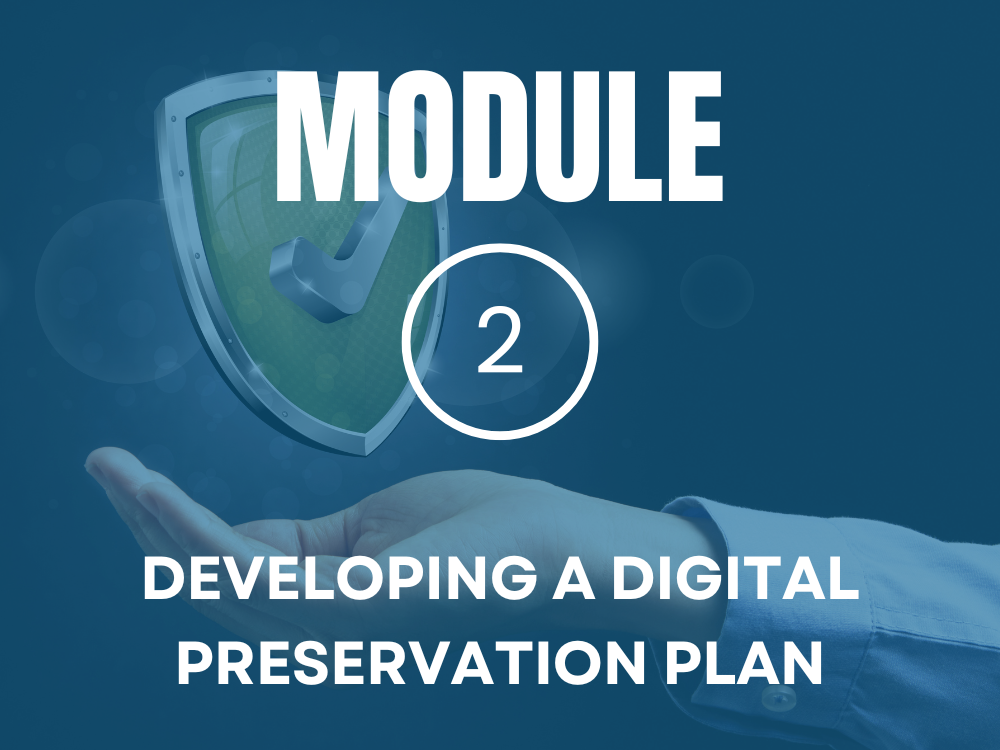
This module demonstrates the key components of developing a digital preservation plan. It includes scoping and key strategies, human and technical resources, roles and responsibilities, creating a digital asset register, assessing risks to data, future preservation needs, incl. emails, websites, social media, as well as implementation planning. The session includes interactive, collaborative discussions and a practical exercise for participants to mock-up a digital preservation plan in their organisation.

This module covers the core principles of digital curation and preservation. It includes the use of tools for identification, characterisation, checksums of digital assets, and the development of appraisal criteria, selection, and ingest. The module pays close attention to data management, and the series of ongoing actions required in the lifecycle of digital objects. It draws on the Digital Curation Lifecycle model which helps define data management workflows and associated roles and responsibilities within an organisation to ensure that all necessary stages are undertaken in the correct order. The session includes interactive, collaborative discussions and a practical exercise for participants to develop curation and appraisal strategies in line with collection policies in place at their organisation.
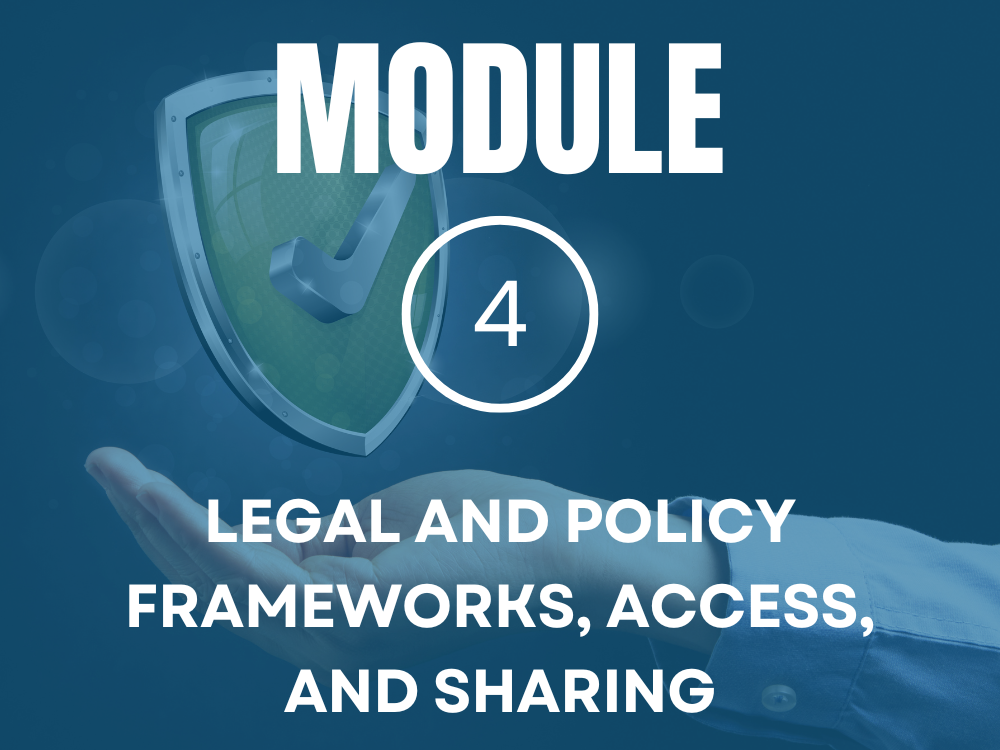
This module examines the legal and policy implications for preservation, access and sharing of digital objects with their designated community. It describes the responsibility for adherence to legal frameworks, copyright, permissions, and consent to characterise and migrate bitstreams to new formats. It highlights key issues such as intellectual property rights, privacy, data protection, and accessibility and the requirement for organisations to ensure that they comply with relevant laws and regulations when preserving records and digital objects. The session includes interactive, collaborative discussions and a practical exercise for participants to outline the likely bodies involved in determining legal and policy frameworks and the needs of their designated community for access to their digital objects.
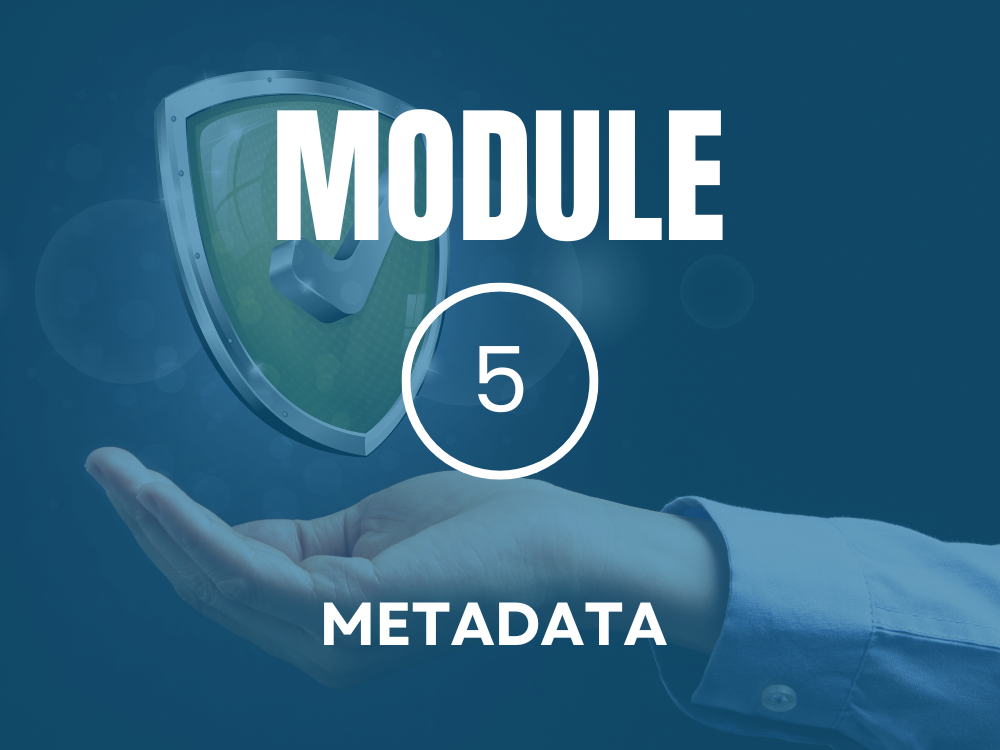
This module outlines the role of metadata in curating and preserving records and digital objects. It examines the different forms of metadata, metadata standards and schemas used to ensure preserved items have the necessary provenance, technical, and preservation information to make your collection manageable and useable into the future. The module will describe how metadata serves many purposes in long-term preservation, providing a record of activities that have been performed upon the digital material and a basis on which future decisions on preservation activities can be made, as well as supporting discovery, access, use, and ongoing business activities. The session includes interactive, collaborative discussions and a practical exercise for participants to review metadata for selected digital objects to ingest in the next module.
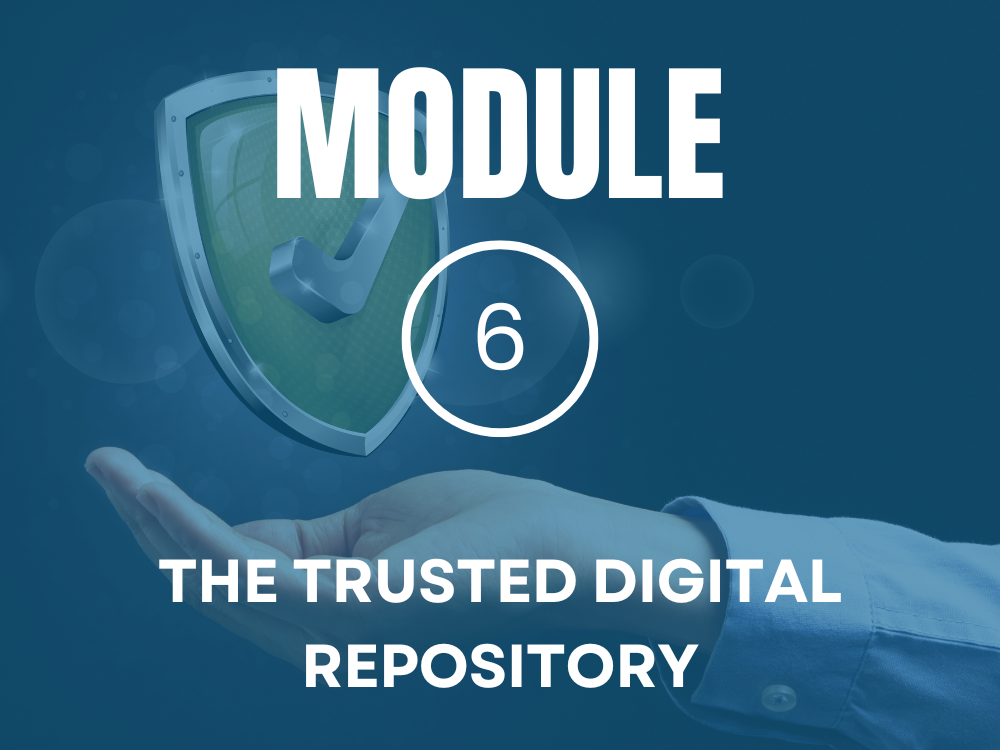
This module examines digital preservation technologies and systems based on the OAIS (Open Archival Information System) Reference Model, which defines a set of roles, processes, and functions relevant to long-term preservation. The module unpacks Active Preservation within the Preservica digital preservation system for how it performs tasks such as file format identification, compatibility checks and format migration, and obsolescence change monitoring as part of the ingest and ongoing actions. The session will include a practical introduction to Preservica starter in which participants will learn the basics of ingesting digital objects and metadata developed in the previous module.
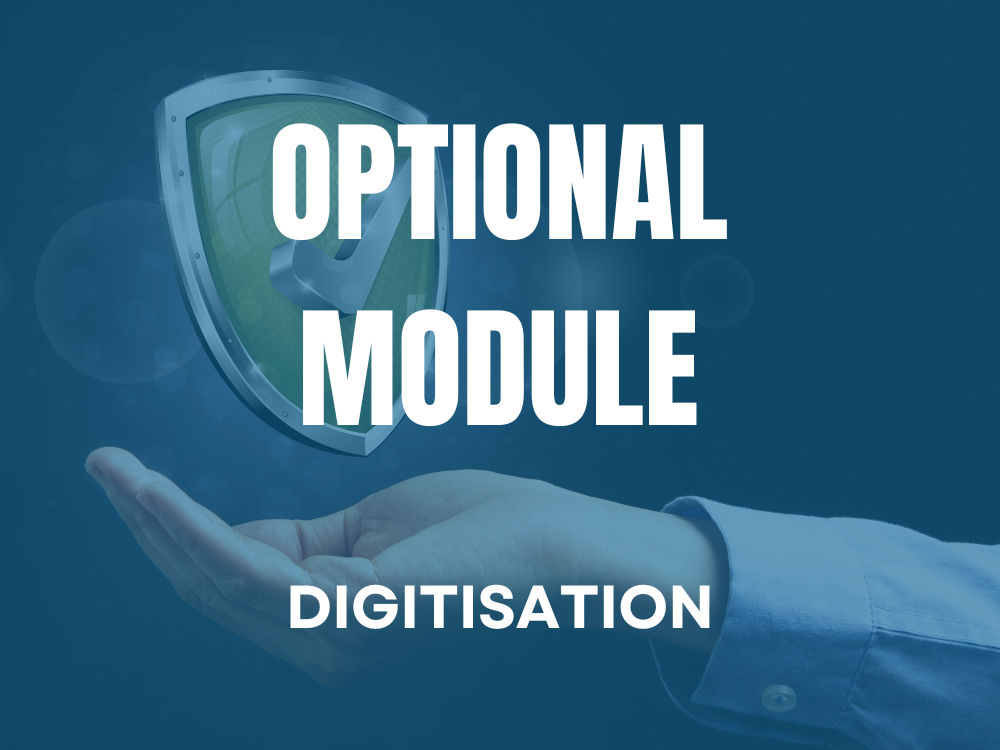
This module explores the role of digitisation in digital preservation and the requirements for undertaking a digitisation project in your organisation. Topics include preparation for outsourcing digitisation or purchasing equipment for in-house projects, tips for scanning and digital image capture for still images – creation of master files, image parameters, color management, FADGI standards, recommended file formats, encodings of master files, and approaches to file naming. The module will also consider the role of metadata to ensure a minimum complement is collected/created so master image files are renderable, findable, and useable. Recommendations for image inspection, quality assurance management, metadata, image inspection, acceptance and rejection and basic storage will also be covered.

This module explores a range of Excel functions and features tailored to archivists and collection managers’ workflows. Topics include importing and transforming data from multiple formats, handy formulas to speed up description and management, techniques for data cleansing, and metadata creation with Power Query. The session includes interactive, practical exercises for participants to manipulate data for a range of archival and collection management contexts.
